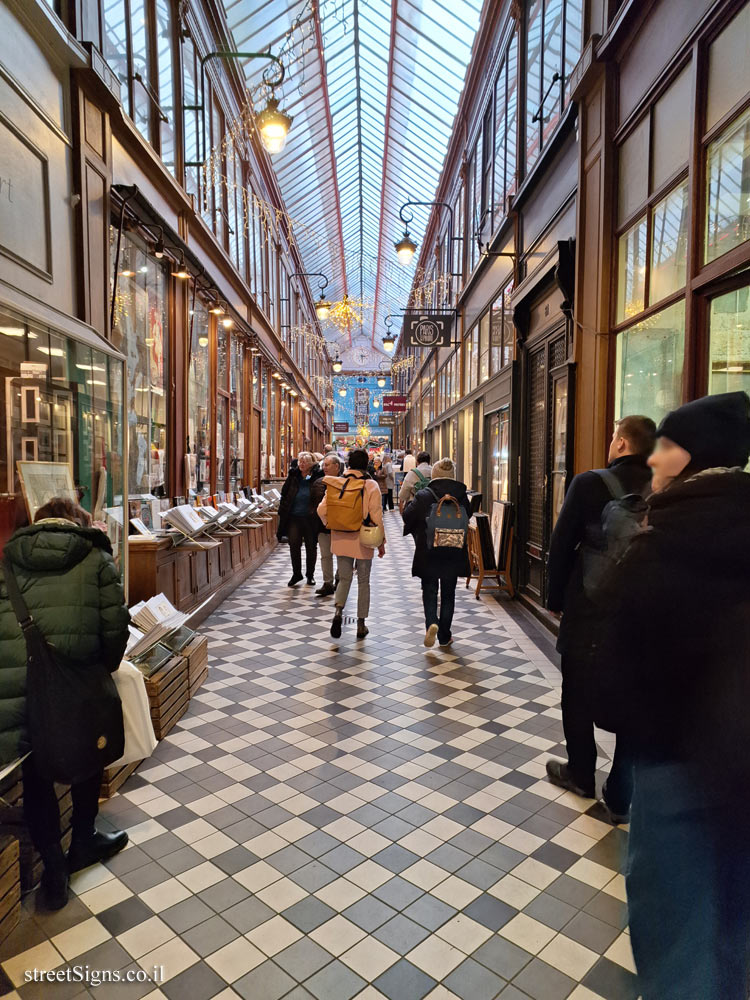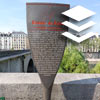
The ultimate street signs, historical sites and house numbers
 Click for a larger image
Click for a larger image  Click for a larger image
Click for a larger image  Click for a larger image
Click for a larger image  Click for all signs belonging to The History of Paris (Starck's Lollipops)
Click for all signs belonging to The History of Paris (Starck's Lollipops)
 The closest sign from this series (162 Meter): Paris - History of Paris - Rue du faubourg Montmartre
The closest sign from this series (162 Meter): Paris - History of Paris - Rue du faubourg Montmartre 
 163 Meter |
163 Meter |  178 Meter |
178 Meter |  202 Meter |
202 Meter |  222 Meter |
222 Meter |  238 Meter
238 Meter